There’s a look on people’s faces when you say you’re going to holiday a stone’s throw from a nuclear power station, and it doesn’t usually say, “Wish it was me.” We’ve just returned from a week in Dungeness, on the tip of the Romney Marsh in Kent. It’s our seventh annual week here, not to count numerous day trips. Most people I tell are sceptical but I have a few friends who get it, and those that do “totally get it”.
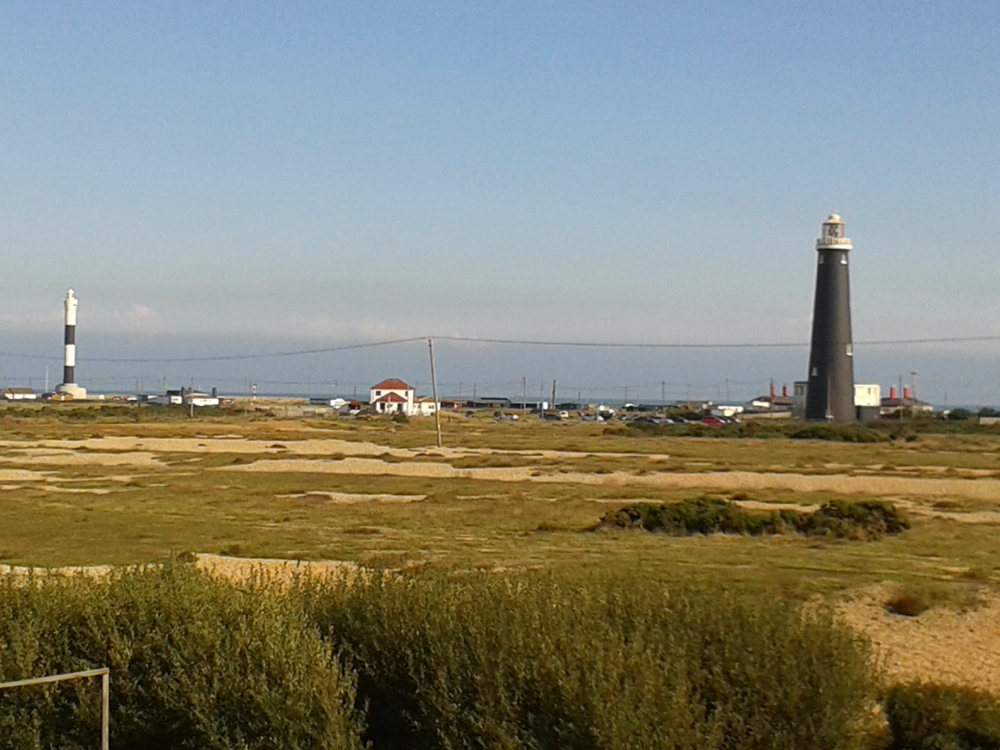
I’ve been coming to this part of the country since I was a child. I first stayed in the old golfhouse at Rye when I was 6 or 7. On that trip, my mother took one disgusted look at the distant sea at Camber at low tide and announced that we were never coming back. Then I had three (formative) teenage summer trips to the schools’ camp at St Mary’s Bay in the ’70s. Alice Cooper’s School’s Out was top of the charts one year, as a result of which every child in the country was a bit manic, and we were no exception. In the following years I stayed many times at the holiday camp in Camber, when my daughters were children. More recently I’ve had many visits to Camber and Rye with my husband.
There’s something about the Romney Marsh that always calms me. You know how they tell you to imagine yourself on a sunny beach when you’re anxious or can’t sleep? I picture the Marsh unrolling ahead of me as we cross the Rother below Rye’s Citadel: the creamy dots of grazing sheep, the purposefully straight canals (known as ‘sewers’) that drain the marshland into the sea, the great enormous sky.
When people talk about this part of England, two words keep occurring: ‘flat’ and ‘bleak’. Perhaps it is the blankness of the Marsh’s canvas that makes any feature that isn’t horizontal so prominent to view. Some of these are natural (a twisted, wind-blasted tree, the dunes at Camber, the shingle ridges at Dungeness) but many are man-made and scarcely made for any decorative purpose. The brick-built playhouses dotted across the Marsh which were once lookers’ huts have been well documented. I am thinking of the accidental sculptures formed by things like the wind farm at East Guldeford which seems suddenly very close and then very far away as you drive past it. I especially love the place where the wind turbines meet the pylons as they stride out in pairs, across the landscape from Dungeness B nuclear power station – nuclear and wind power, facing up to each other across the Marsh.
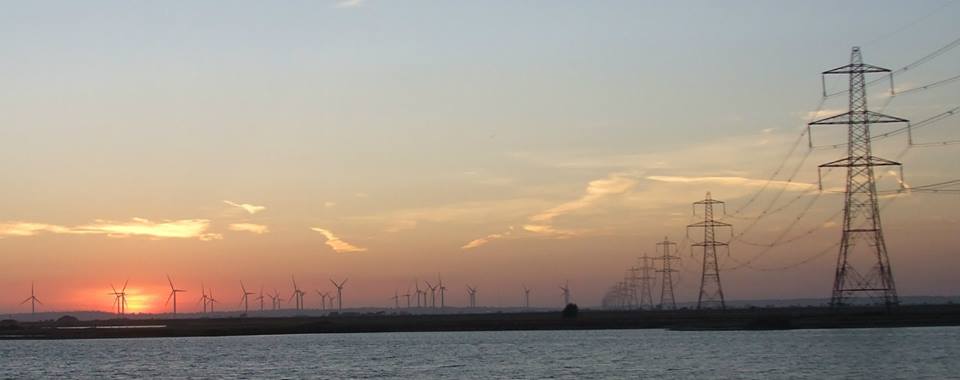
I cannot see the pylons themselves without imagining an animated information film with them marching out to bring electricity from the end of the earth to the homes of Britain. As for the power station, it is a monumental full stop to the shingle during the day: but at night, it lights up like a fairy castle. (The effect is added to from certain vantage points when there is night firing at the Lydd ranges between Dungeness and Camber, red dashes tracing arcs across the blackness.)
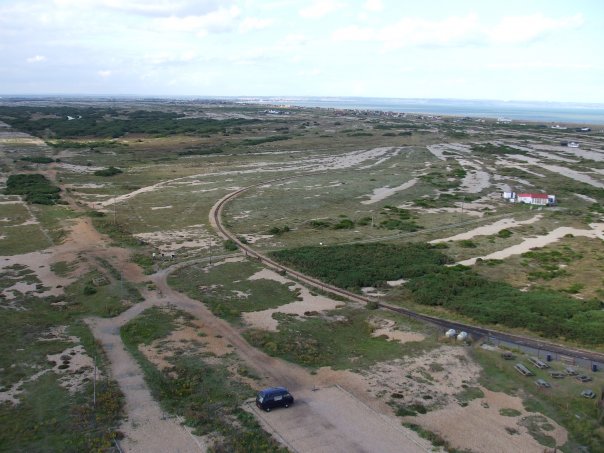
Then there is Dungeness, known locally as the beach. Latterly much beloved of magazine art directors and videographers, its romantically bleak landscape has become a staple of our visual culture. Some days there seem to be more photographers here than residents. The filter-heavy images that so often result miss the point for me. This landscape resists having a narrative imposed on it. It is a place of found spectacle.
Most striking are the abandoned relics of the beach’s fishing industry: rusting winches and rails, old boats hauled up far from the sea, empty storage huts. It is the way that these punctuate the shingle, rather than clustering together, that give them their sculptural qualities. It almost feels like a curated display.
There is also plenty of natural beauty to find in the wildlife and flora. The intensity of the wild flowers can be extraordinary: deep blue vipers’ bugloss, red and white valerian, grey-green sea kale, yellow horned poppies and gorse, all thriving in this resolutely unpromising habitat. The filmmaker Derek Jarman famously made a stunning and defiant garden here before his death, finding the beauty in the bleakness.
Then there is the architecture. Dungeness vernacular takes the eccentricity of seaside vernacular to its logical limits, with wooden single storey houses built around old railway carriages, housing artists’ studios, galleries, and fishing trip providers amongst the family and holiday homes. Recently there has been a trend towards contemporary reshapings and reimaginings with a number of refurbishments and new projects. The first of these were welcome as additions to the mix. But now there are more and more following the same model. Rather than adding to the eclecticism, they threaten to impose a new orthodoxy and overturn the balance. These are challenging times for those who live in Dungeness and for those like me who love it but know that it is the rise in visitors that creates the risk.
That said, most people will only ever know Dungeness through photos. But this is a place that needs to be experienced with all of your senses, in its eclectic eccentric entirety: the sound of the wind, the fog horn on a misty day, and the whistle of the steam trains on the small gauge railway; the smell of hot coal in the engines as they chug past; the taste of fresh lobster and crab, brought in daily by the last fishing families and cooked up at the brilliant Snack Shack; and the feel of the shingle dragging on tired calves as you scrunch your way across the beach, a reminder of why all that rusting machinery remained just where it was when it ceased to be useful.
I can’t wait to go back.

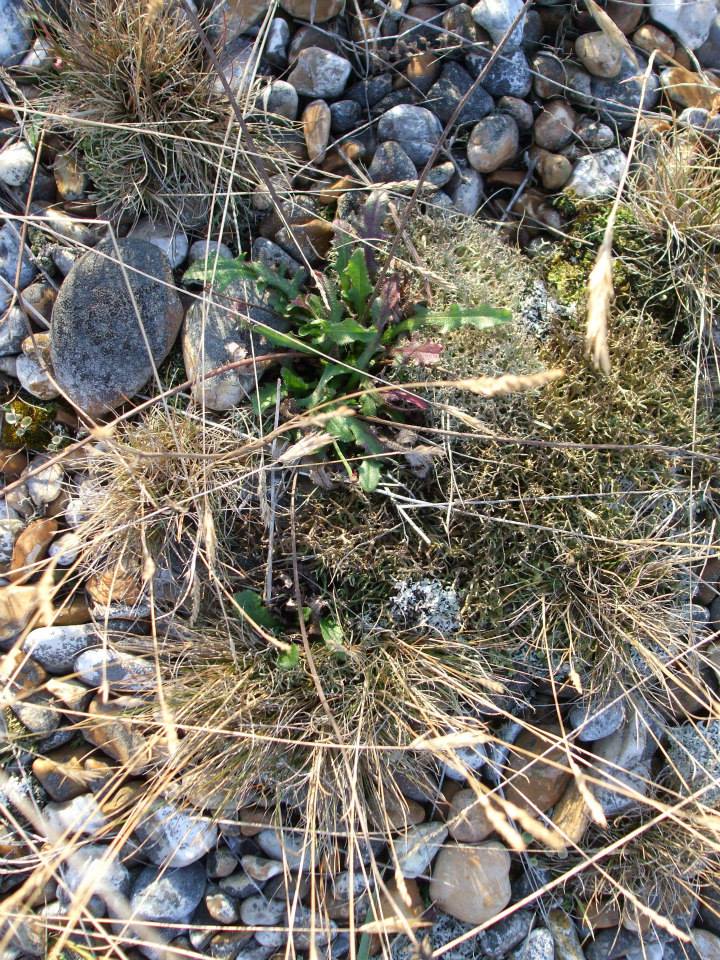
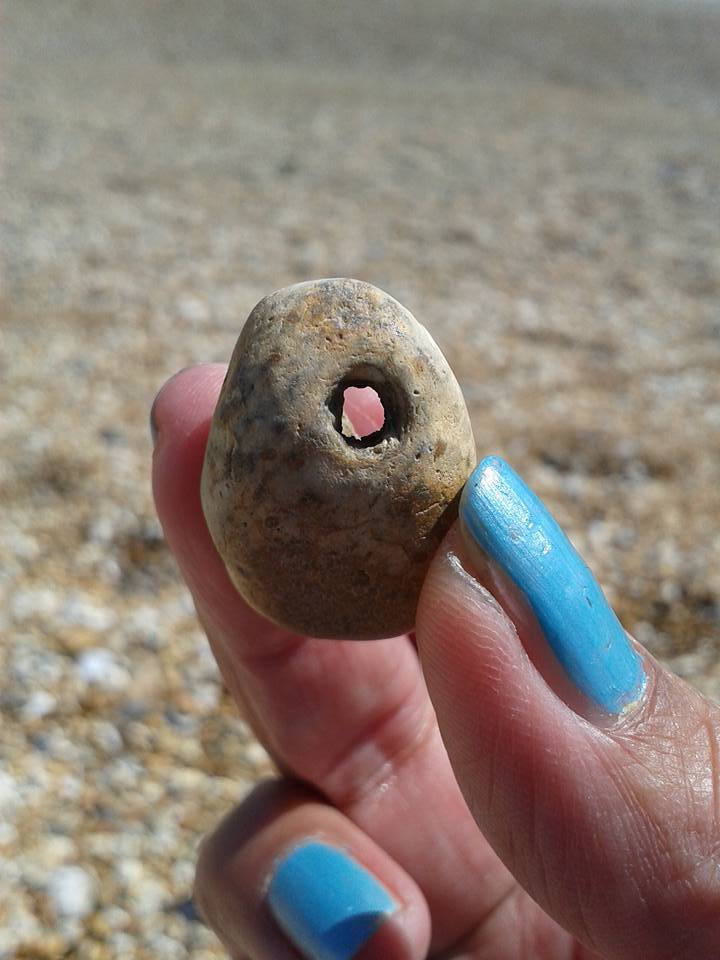
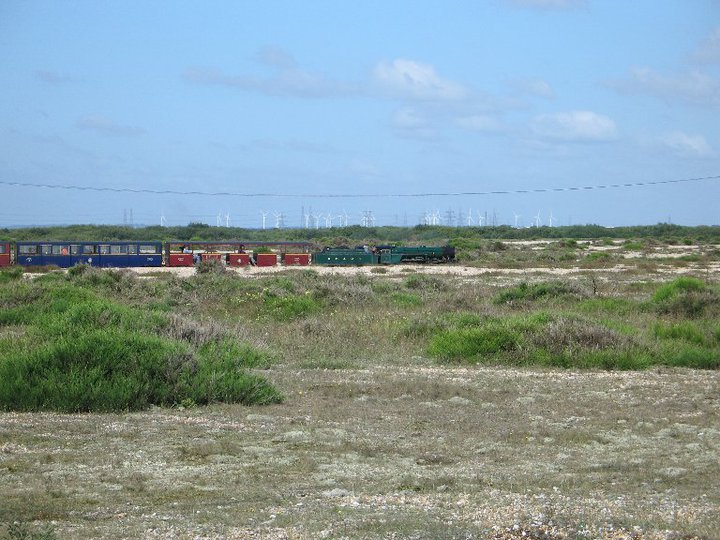













A really classy piece of writing perfectly describing Dungeness.
LikeLiked by 1 person
Thanks Alison – that means a lot to me.
LikeLike